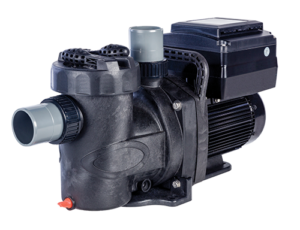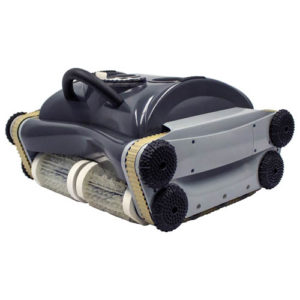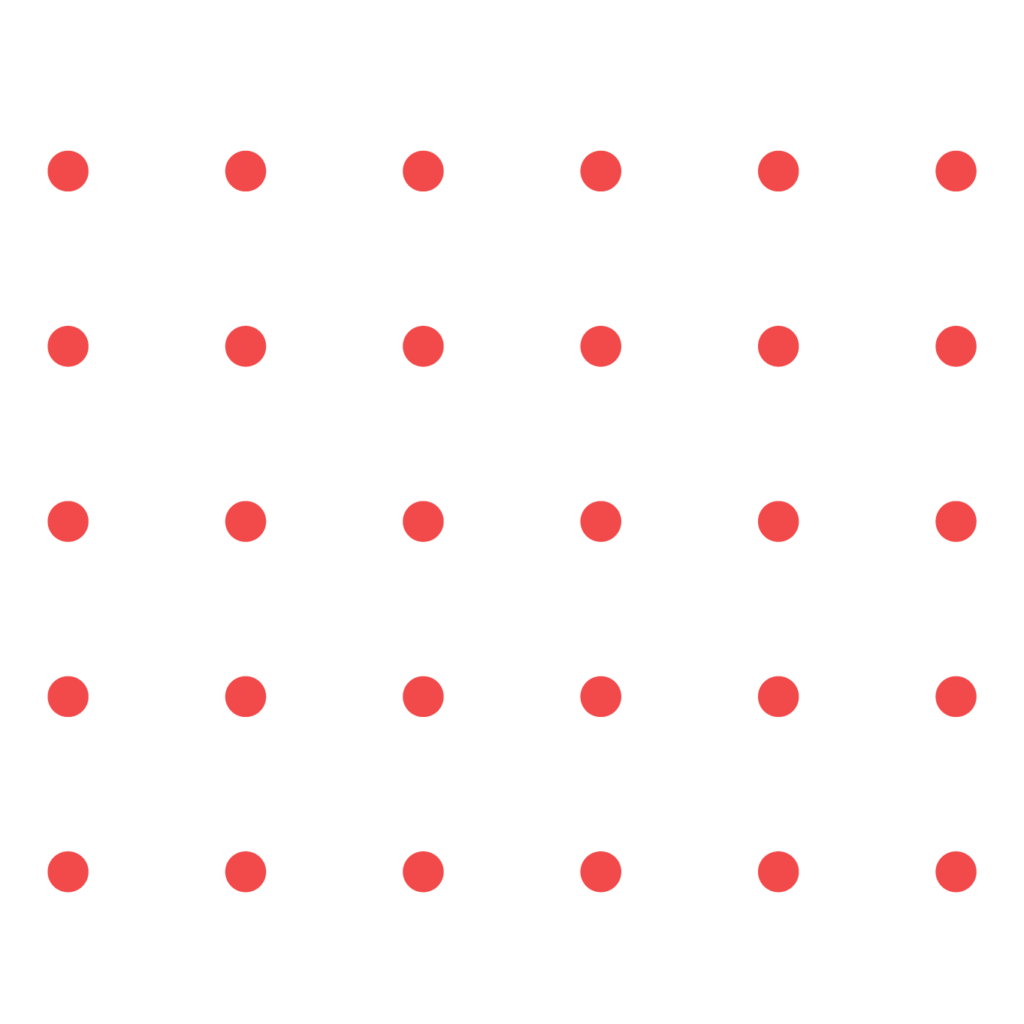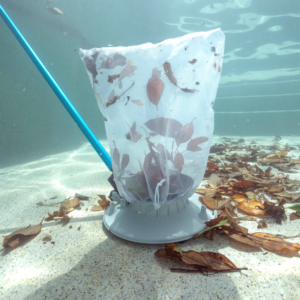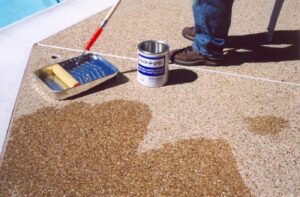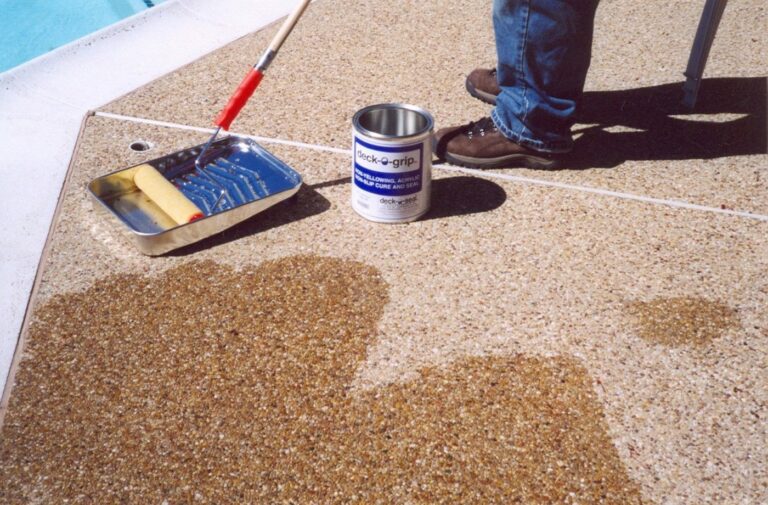The initial goal of the soon-to-be pool owner is to create an entertaining outdoor space, perfect for making memories and indulging in some much-needed relaxation. That said, once the dream shifts closer to reality, thoughts of cost and energy savings often move to the forefront. The great news is that with a little planning, there are plenty of options for addressing both of these concerns. Here are 5 things to add to a pool build for maximum efficiency and lower maintenance costs.
Add a Variable Speed Pool Pump
As a vital component of a swimming pool setup, the pump should be a top consideration. There is ample opportunity for energy savings and cost savings depending on the type of pump chosen. Variable speed pumps offer plenty of savings on both counts. Here’s a quick rundown of the main differences between the pump types:
Single Speed Pump
- As the names suggests, runs at one speed
- Induction motor
- Loud to run
- Inefficient as they run at the same speed all of the time
- Costly to run
Dual Speed Pump
- Has a high speed and a low speed
- Induction motor
- Offers the option to run at a lower speed most of the time and higher when cleaning or heating the pool
- Quieter on the lower setting than single speed pump
- More efficient than a single speed pump (energy and cost savings vary depending on how often the pump is run on high speed)
Variable Speed Pump
- Pump speed can be set to the exact needs at any given time
- Permanent magnet motor
- Quiet
- Runs cooler
- Long lasting
- Controlled digitally
- Highly efficient (typically 90 percent more so than single speed pumps)
What is a Permanent Magnet Motor?
While you may not have heard the term permanent magnet motor before, they are very up-and-coming. These are the highly-efficient motors used in electric cars and MRI machines. Using permanent magnets (often earth magnets) on the sides of the rotor, when an alternating current hits the outside of the motor, it reacts with the magnets, causing the rotor to rotate.
More on the Advantages of Variable Speed
Variable speed pumps are quickly becoming the recommended type of pool pump due to their energy-efficient status. Pool owners also enjoy the cost savings of running variable speed pumps. These pumps keep water moving but at a much lower speed, so they can be run consistently. With the water consistently circulating, pools stay cleaner as filtration is being done all the time. And with greatly reduced speed, there is less wear and tear on the pump, meaning that variable speed pumps tend to have a longer lifespan than older pump styles.
Consider a Heat Pump System
Having a pool heater means that swim season can start earlier and end later each year, allowing pool owners to really get their money’s worth out of having a pool. It also allows for early morning, later evening, and cloudy day swims that would otherwise be far too brisk. However, some pool owners forgo a pool heater, assuming that the cost to run it will be excessive.
While gas powered pool heaters can quickly run up energy bills, heat pumps are a very energy-efficient choice for those who want a heated pool. AquaComfort heat pumps can run at 600% efficiency at a COP of 6, while a gas heat runs at 80% for every $1 spent. Unlike gas powered pool heaters, heat pumps pull heat from the air rather than generating it.
Once a heat pump takes in heat, it compresses it, which elevates the heat. That heat then gets transferred to the pool water to warm it up. There are no emissions because no substances are burned to create the heat and the process uses very little energy. And with fewer moving parts involved and a gentler process, heat pumps also tend to have fewer issues and last longer than gas powered heaters.
As with all products, there are variations in the quality of heat pumps on the market. Typically, heat pumps only operate in 50 degree temperatures or above. However, AquaComfort heat pumps function from just 38 degrees.
Factor In Advanced Pool Care Options
Once the pool is in place, there are plenty of ways to further increase efficiency and save money. Here are just a few products that help pool owners save.
PoolRX™
It’s quite simple for algae to make its way into pool water. Algae spores can be found in all types of organic debris. With outdoor pools being exposed to the elements, spores quickly make their way into the water on organic matter that is blown in, drops in during a rainstorm, on the bodies and clothing of swimmers, or through the use of dirty pool cleaning equipment. PoolRx is a simple to use unit that can both prevent and clear up algae growth. To prevent algae, the unit is added to the pump basket or skimmer. The specific combination of minerals in PoolRx keeps algae at bay for up to six months. Using PoolRX lessens chlorine demand, which means lower maintenance costs. The units are compatible with traditional chlorine and saltwater sanitizing systems.
GLB® Cell Extend
Those who have opted to go with a saltwater system can increase the efficiency of their salt cells by using GLB Cell Extend. Over time, salt cells develop scale and accumulate oily residue. GLB Cell Extend combines three powerful treatments (clarifier, enzymes, and sequestering agents) to keep the salt cell and the pool in good working order.
By breaking down build-up and preventing scale on the salt cell, the cell is able to perform more efficiently for a longer period of time before replacement becomes necessary. In addition to keeping the cell in top condition though, GLB Cell Extend’s sequestering agents suspend the metals in the pool and keep them from oxidizing and causing staining. The enzymes the Cell Extend break down organic matter in the water to lower chlorine demand.
As a result, salt cell efficiency is extended and the need for additional chemicals is lessened.
Water Tech™ Volt® 550LI
Regular pool care is an undertaking that pool owners are always looking to simplify. Robotic cleaners have freed up pool owners’ time and taken a lot of the physical labor out of the weekly upkeep of pools, but that comes with added expense. The typical pressure cleaners costs, on average, about $1.25 per hour to run. That translates to about $80 to $150 per year of added upkeep expenses.
However, the lithium battery powered Volt 550LI is a far more cost effective and highly powerful option for pool owners. In stark contrast to traditional pressure cleaners, the Volt 550LI costs approximately 11 cents per hour to run. But this unit is about much more than just cost savings. This vacuum is both cordless and rechargeable. Here are just a few of the benefits of this advanced cleaner:
- Multiple cleaning modes
- Customizable cleaning schedule
- Filters 7200 gallons of water per hour
- Filters large and small debris… even sand, silt, and dirt
- Self-entering sensor
- Recovery hook included for easy removal
- 3 year warranty on the battery, main part drive motor, and pump motor
Interested in learning more about the energy efficiency and low maintenance pool products we represent? Reach out to us at hello@alphawest.com.


